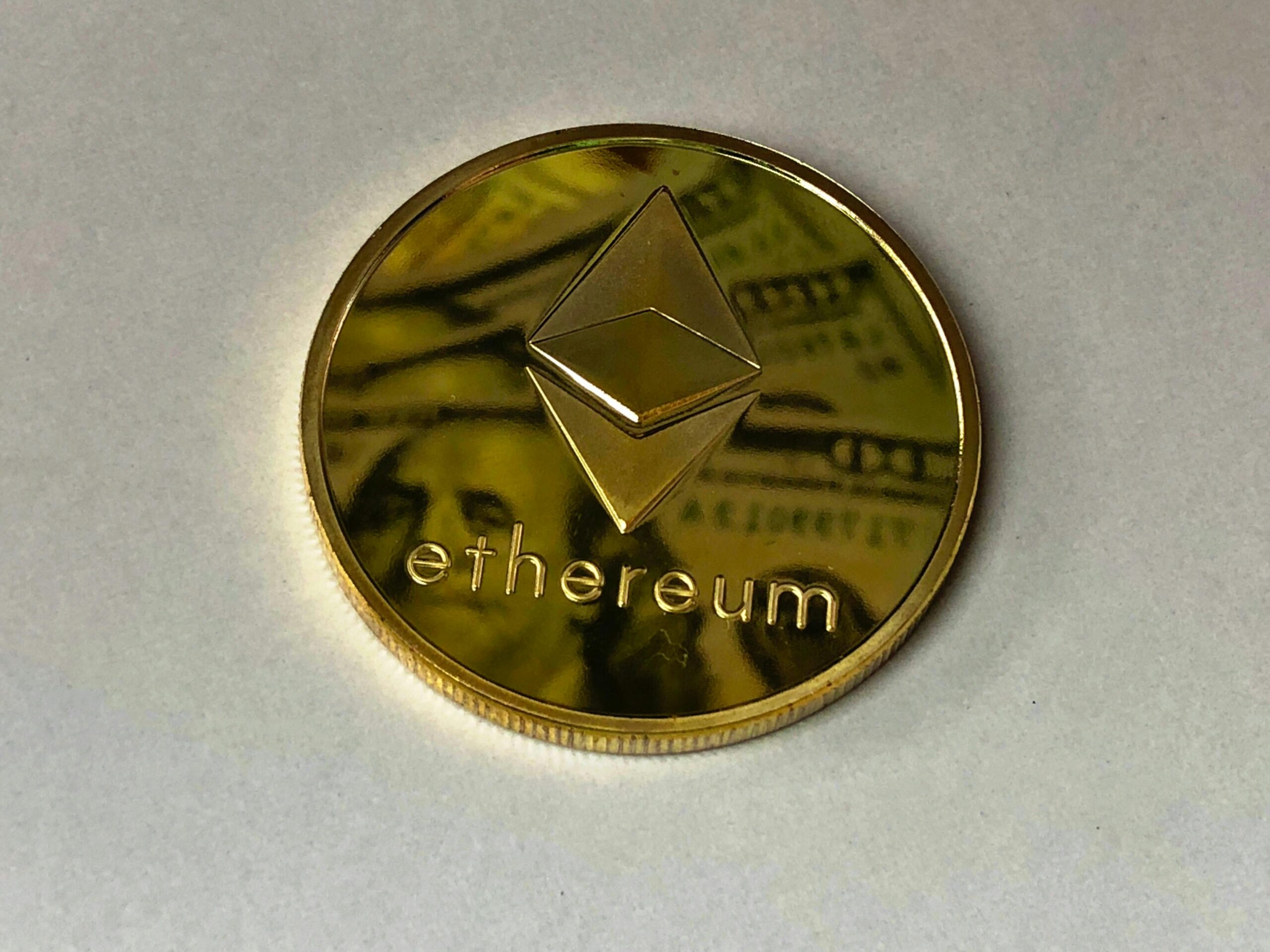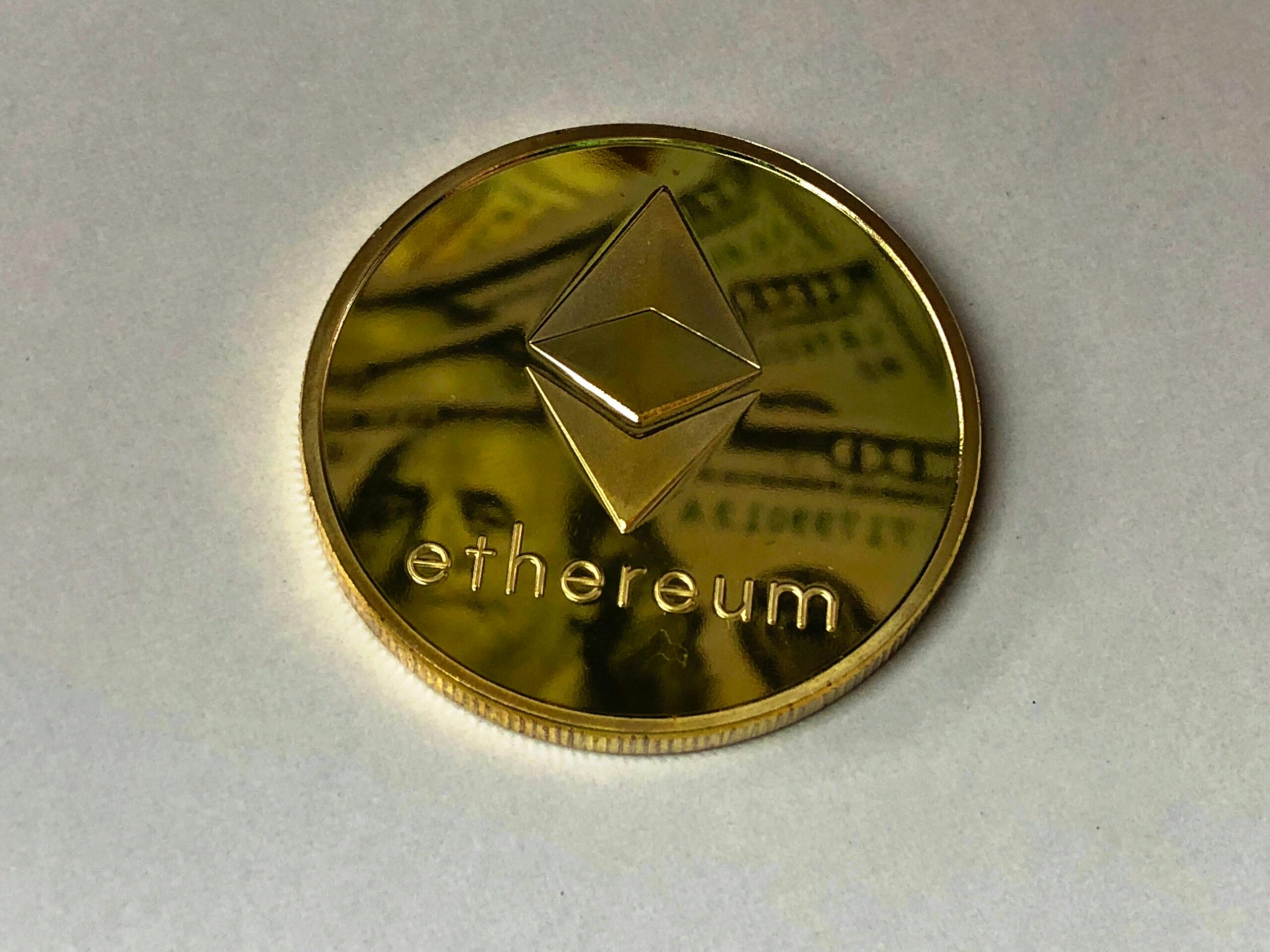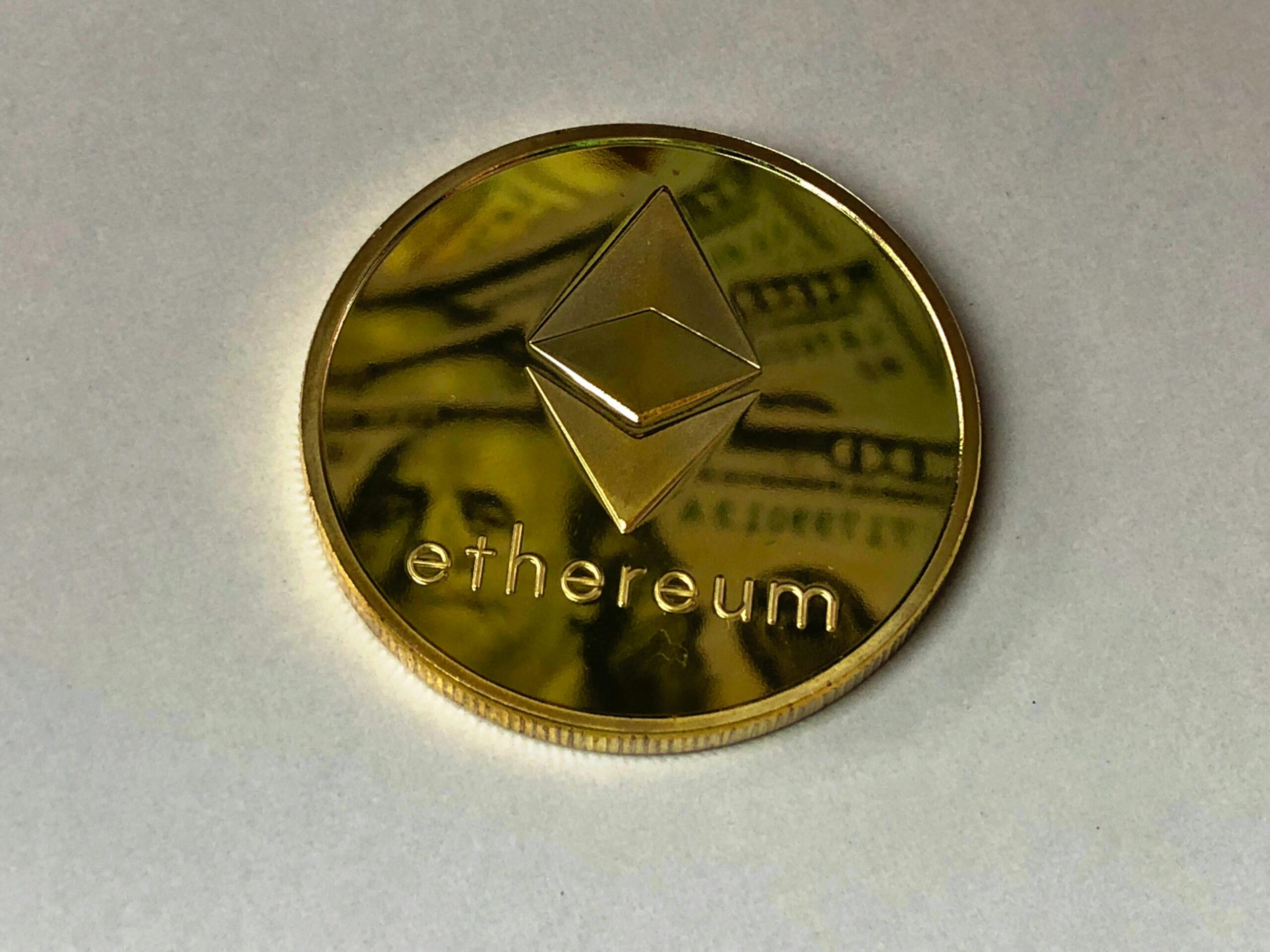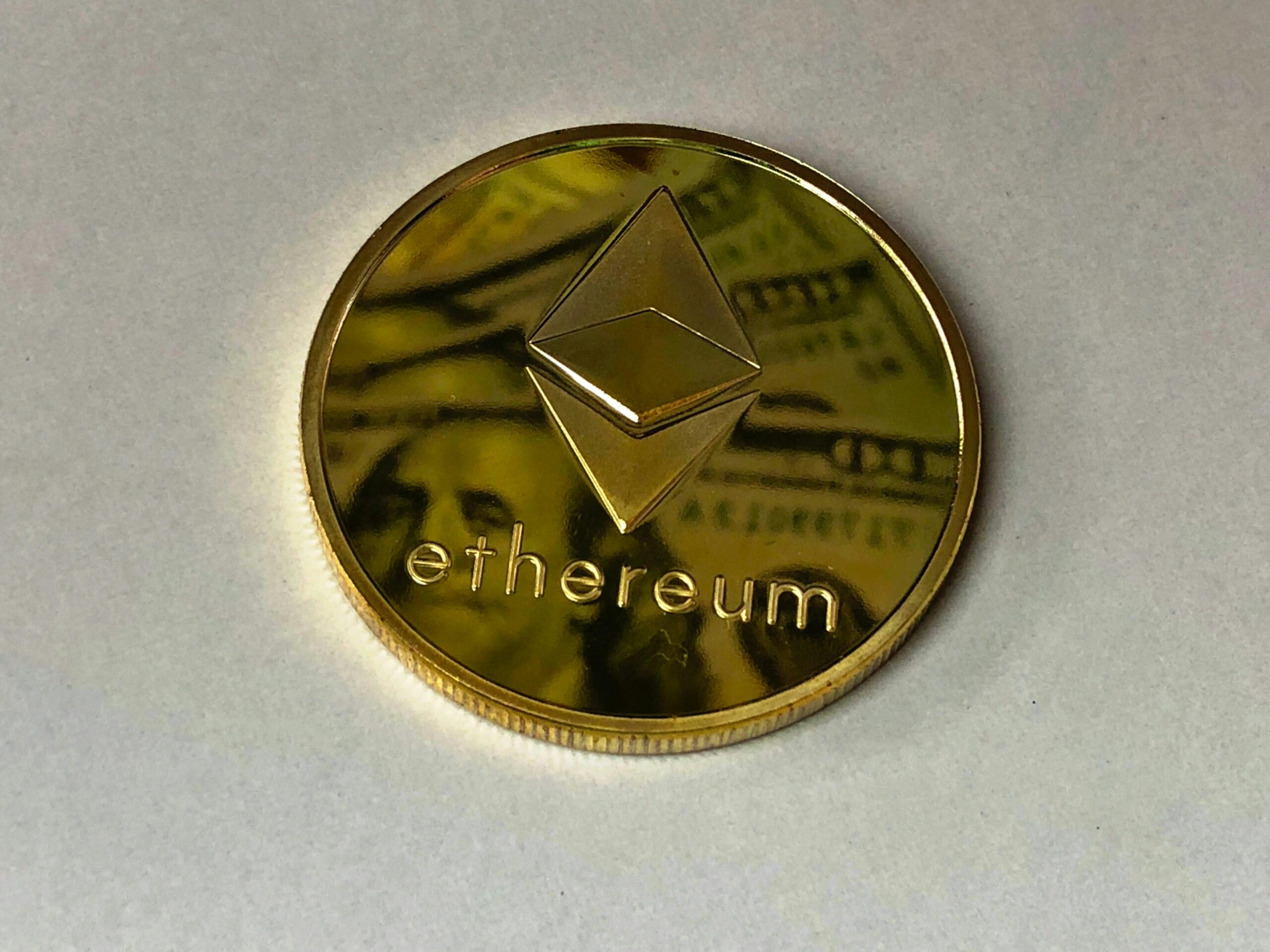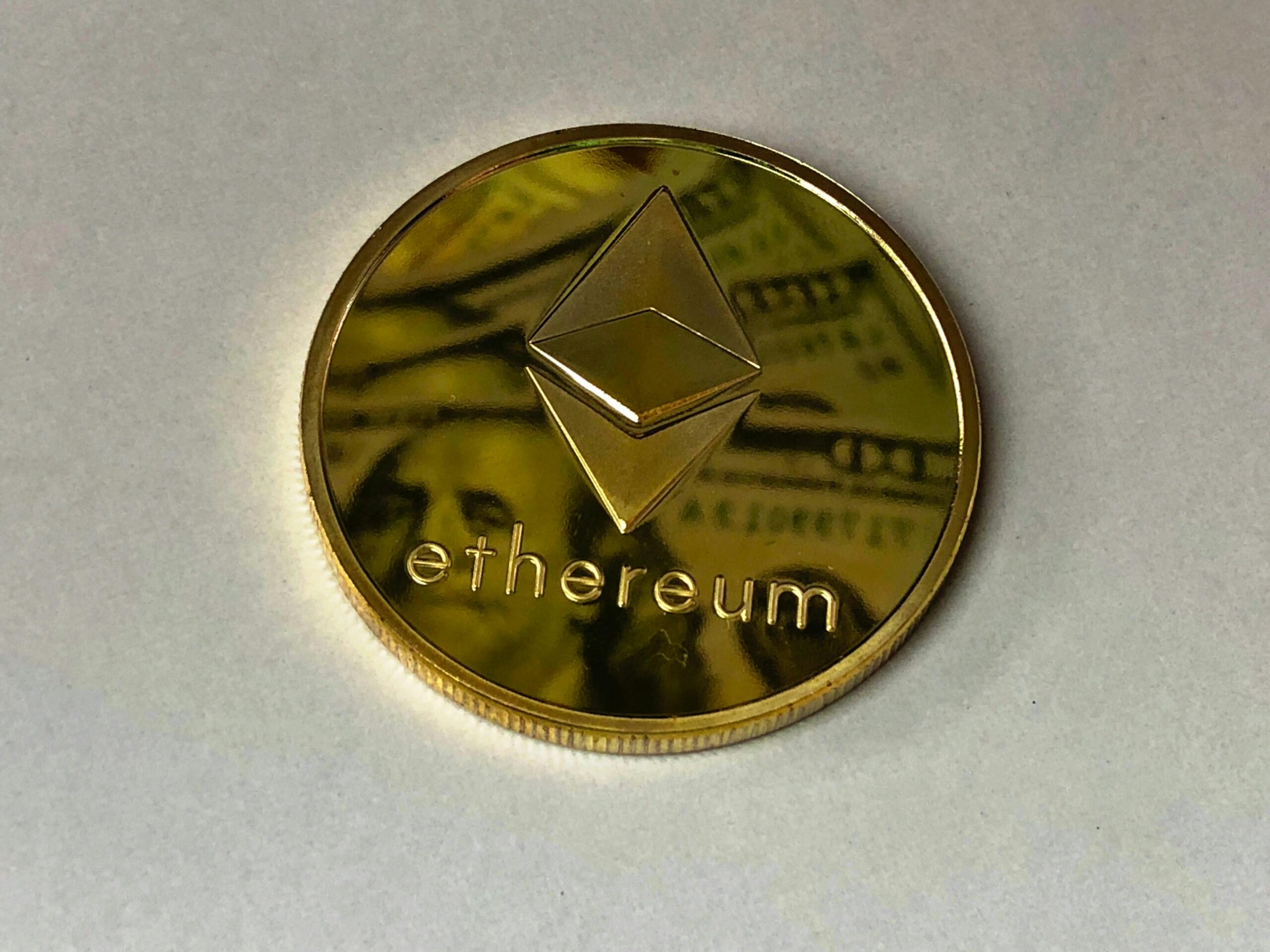
As we dive deeper into the world of blockchain and cryptocurrencies, it’s essential to understand one of the most critical concepts: the blockchain fork. I’m excited to share my knowledge with you, and by the end of this explanation, you’ll have a solid grasp on what a blockchain fork is and why it happens.
So, let’s start with the basics. A blockchain is essentially a distributed ledger that records transactions across multiple computers in such a way that makes it difficult for anyone to alter or manipulate the data. This decentralized nature of blockchain technology allows for secure, transparent, and tamper-proof data storage and transfer. However, as with any complex system, disagreements can arise among its stakeholders – developers, miners, and users – on how to move forward.
A blockchain fork occurs when there’s a disagreement within the community about the direction or rules of the existing blockchain protocol. This divergence leads to a “split” in the blockchain, resulting in two separate chains: the original chain (often referred to as the “legacy” or “main” chain) and the new chain (the “fork”). Think of it like a fork in the road – both paths are derived from the same starting point but lead to different destinations.
To understand why forks happen, let’s consider some possible reasons. One primary motivation is a disagreement over the blockchain’s protocol rules or its underlying software code. Imagine you’re part of a community that relies on a specific blockchain for your daily transactions. However, as time passes, you and many others start to feel that certain rules are limiting or inefficient. Perhaps the block size limit is too small, causing congestion and slower transaction times. Maybe some community members want to change the consensus algorithm from Proof-of-Work (PoW) to Proof-of-Stake (PoS), which they believe would make the network more environmentally friendly.
In such a scenario, the community might propose an update or “hard fork” that alters these rules to improve performance, scalability, or sustainability. However, not everyone may agree with this proposal. Some stakeholders might be concerned about potential security risks, compatibility issues with existing infrastructure, or even philosophical disagreements over the blockchain’s purpose.
When a faction within the community decides to implement changes despite opposition from others, they essentially “fork” away from the original blockchain by creating their own version of the protocol and continuing from the last agreed-upon block. This creates two parallel chains – one that continues with the old rules (the main chain) and another with the new set of rules (the forked chain).
A notable example of a hard fork is the Bitcoin Cash (BCH) split from Bitcoin (BTC). In 2017, a faction within the Bitcoin community proposed increasing the block size limit to improve transaction capacity. However, others were hesitant due to potential security risks and centralization concerns. As a result, Bitcoin Cash was created as a separate blockchain with an increased block size limit.
Now, you might wonder what happens to users’ coins when a fork occurs. In most cases, holders of the original cryptocurrency automatically receive an equivalent amount on both chains after the split – essentially getting “free” coins on the new chain. However, this isn’t always the case and depends on how the fork is implemented.
Another type of fork worth mentioning is the “soft fork.” Unlike a hard fork, which creates a permanent divergence in the blockchain, a soft fork is designed to be backward-compatible with older versions of the protocol. Think of it like a software update that doesn’t break existing features but merely adds new ones or fixes bugs. Soft forks are generally less contentious and can happen without splitting the community.
In conclusion, blockchain forks can seem daunting at first, but they’re an inherent aspect of open-source and decentralized systems. By understanding why forks occur – whether due to disagreements over protocol rules, software updates, or philosophical differences – we gain a deeper appreciation for the complexities involved in shaping these technologies.
So, my advice is to keep your eyes on the horizon as you explore the blockchain space. Forks can lead to exciting innovations and improvements but also pose risks if not handled carefully. Remember that decentralization inherently implies disagreement; how communities navigate these disagreements will continue to shape the future of blockchain and cryptocurrencies.
I hope this detailed explanation has helped clarify the world of blockchain forks for you!










